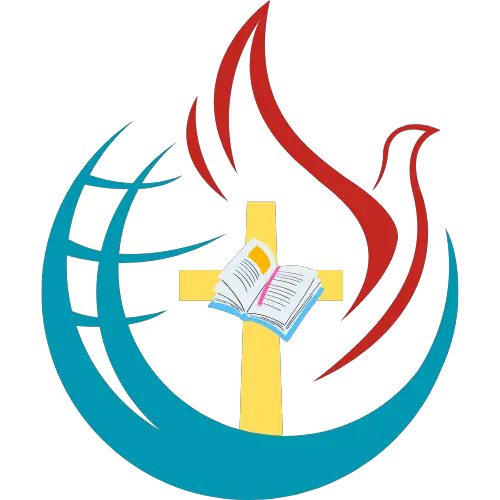Understanding the Ten Plagues of Egypt is essential for grasping the biblical story of Exodus. These plagues were not just random events. They carried deep meaning and purpose. Let’s explore what each plague signifies and how they relate to faith and obedience.
The First Plague: Water to Blood
The first plague turned the Nile River into blood. This was a direct challenge to the Egyptian gods, especially Hapi, the god of the Nile. The water, which was a source of life, became a source of death. This plague showed God’s power over nature. It was a wake-up call for Pharaoh. Would he listen?
The Second Plague: Frogs
Next came the frogs. They invaded homes, fields, and even beds. Frogs were considered sacred in Egypt, so this was a significant humiliation. God used this plague to demonstrate His authority. Pharaoh’s heart was hardened, and he refused to let the Israelites go. Why do you think he resisted?
The Third Plague: Gnats
The third plague brought gnats. This time, even the magicians of Egypt couldn’t replicate the miracle. They admitted, “This is the finger of God.” This plague highlighted God’s unmatched power. It was a moment of recognition, yet Pharaoh still did not relent. What does this say about stubbornness?
The Fourth Plague: Flies
Flies swarmed everywhere in the fourth plague. This plague also marked a distinction between the Egyptians and the Israelites. God protected His people from this suffering. It was a reminder of God’s care for those who follow Him. Are we aware of how God protects us today?
The Fifth Plague: Livestock Disease
The fifth plague struck the livestock. Egyptian animals died, while Israelite animals remained unharmed. This was a clear sign of God’s favor towards His people. It showed that obedience brings protection. How often do we see blessings when we follow God’s ways?
The Sixth Plague: Boils
Boils afflicted the Egyptians in the sixth plague. This was a physical manifestation of their spiritual state. The pain and suffering were intense, yet Pharaoh continued to resist. When faced with hardship, why do you think some people still turn away from God?
The Seventh Plague: Hail
The seventh plague brought destructive hail. It destroyed crops and livestock. However, some Egyptians heeded the warning and brought their servants and animals indoors. This showed that even in suffering, there’s a chance to respond to God. Are we listening to His warnings today?
The Eighth Plague: Locusts
The locusts of the eighth plague devoured what was left after the hail. This was a complete devastation of the land. Pharaoh’s pleas for relief showed his desperation, yet he still wouldn’t let the Israelites go. Why do we sometimes wait until we hit rock bottom to seek help?
The Ninth Plague: Darkness
The ninth plague covered Egypt in darkness for three days. This darkness was not just physical; it symbolized spiritual blindness. The Israelites had light in their homes, showing God’s presence among them. How can we ensure we walk in the light today?
The Tenth Plague: Death of the Firstborn
The final plague was the most severe: the death of the firstborn. This was God’s ultimate judgment against Pharaoh and the gods of Egypt. The Israelites were spared through the blood of the lamb, symbolizing salvation. This foreshadowed the sacrifice of Jesus. How does this connect to our understanding of sacrifice and salvation?
Key Takeaways
The Ten Plagues of Egypt were more than just events. They were powerful lessons about faith, obedience, and God’s sovereignty. Each plague challenged the Egyptians’ beliefs and highlighted God’s authority over all creation.
These stories remind us that God is always in control, even in difficult times. They call us to reflect on our own lives and our responses to God’s guidance. Are we listening? Are we willing to obey?
In summary, the plagues serve as a reminder of God’s power and His desire for His people to trust Him. Let’s take these lessons to heart and strive to live in obedience.
